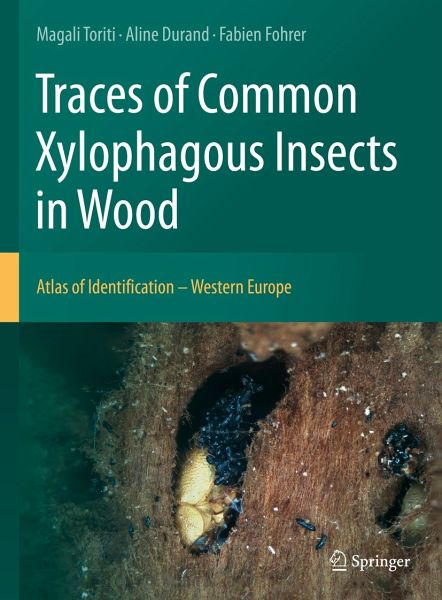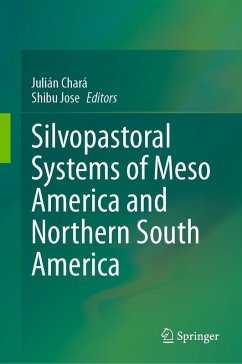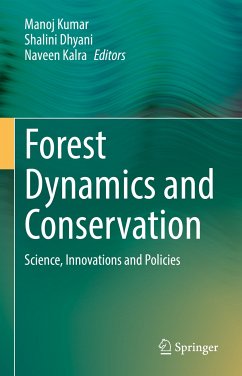
Traces of Common Xylophagous Insects in Wood (eBook, PDF)
Atlas of Identification - Western Europe
Versandkostenfrei!
Sofort per Download lieferbar
128,95 €
inkl. MwSt.
Weitere Ausgaben:

PAYBACK Punkte
64 °P sammeln!
This atlas presents a concrete tool to identify xylophagous activity by the remains they left in wooded areas in Western Europe. Xylophagous insects are among the largest predators of woody tissues. They leave discriminating traces, different for each species according to their bioecology, and so it is necessary to know how to recognize and characterize them. The book is a practical tool to help identify and interpret them through a standardized presentation of the most ubiquitous families and a key to their determination. It presents descriptions of the galleries and of morphometry of the fae...
This atlas presents a concrete tool to identify xylophagous activity by the remains they left in wooded areas in Western Europe. Xylophagous insects are among the largest predators of woody tissues. They leave discriminating traces, different for each species according to their bioecology, and so it is necessary to know how to recognize and characterize them. The book is a practical tool to help identify and interpret them through a standardized presentation of the most ubiquitous families and a key to their determination. It presents descriptions of the galleries and of morphometry of the faecal pellets based on macroscopic features for xylophagous identification, and includes information about the origin and distribution of the xylophagous biological cycles, bioclimatic conditions and bioecology, and the type of woods that are attacked. The book will be a useful guide for forest managers, heritage conservationists, environmental engineers, bioarchaeologists, entomologists, loggers, and wood anatomists.
Dieser Download kann aus rechtlichen Gründen nur mit Rechnungsadresse in A, B, BG, CY, CZ, D, DK, EW, E, FIN, F, GR, HR, H, IRL, I, LT, L, LR, M, NL, PL, P, R, S, SLO, SK ausgeliefert werden.












